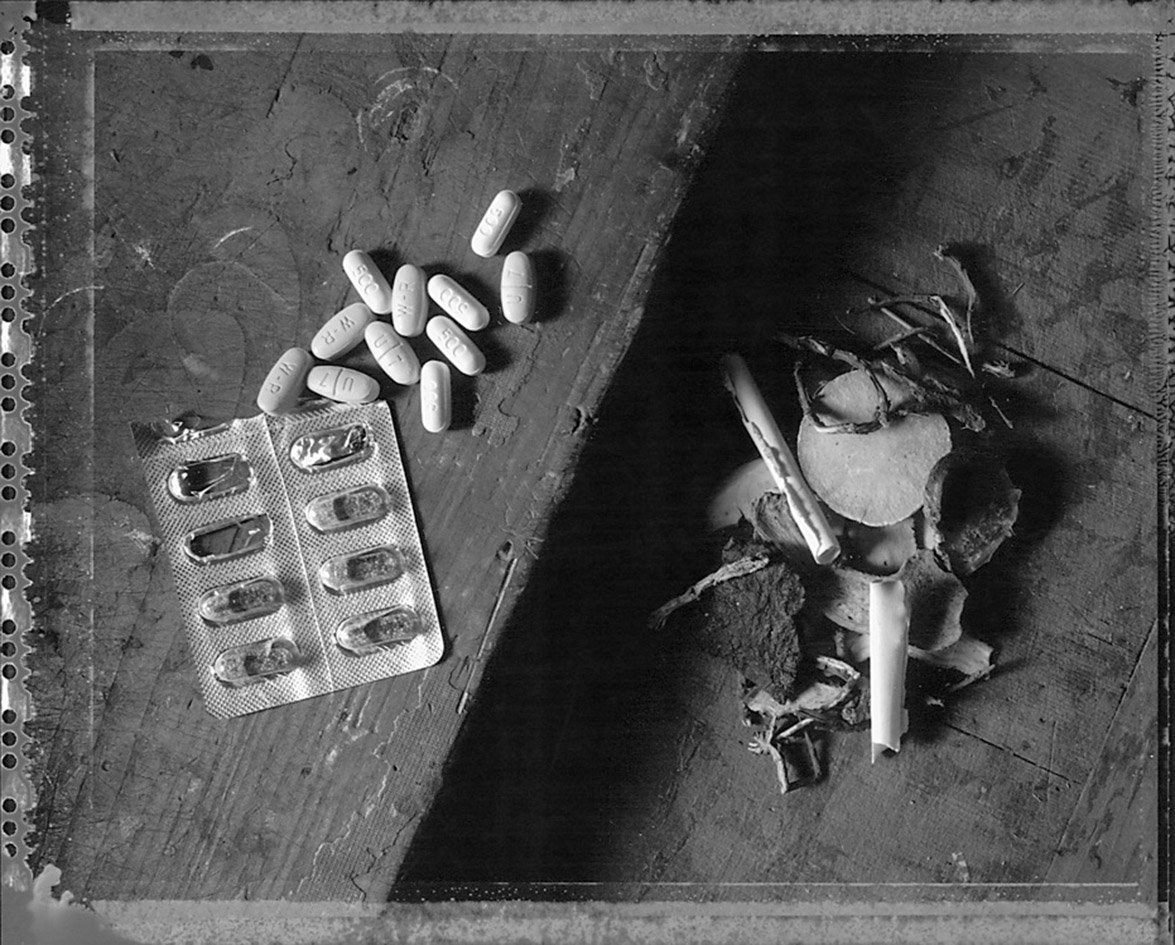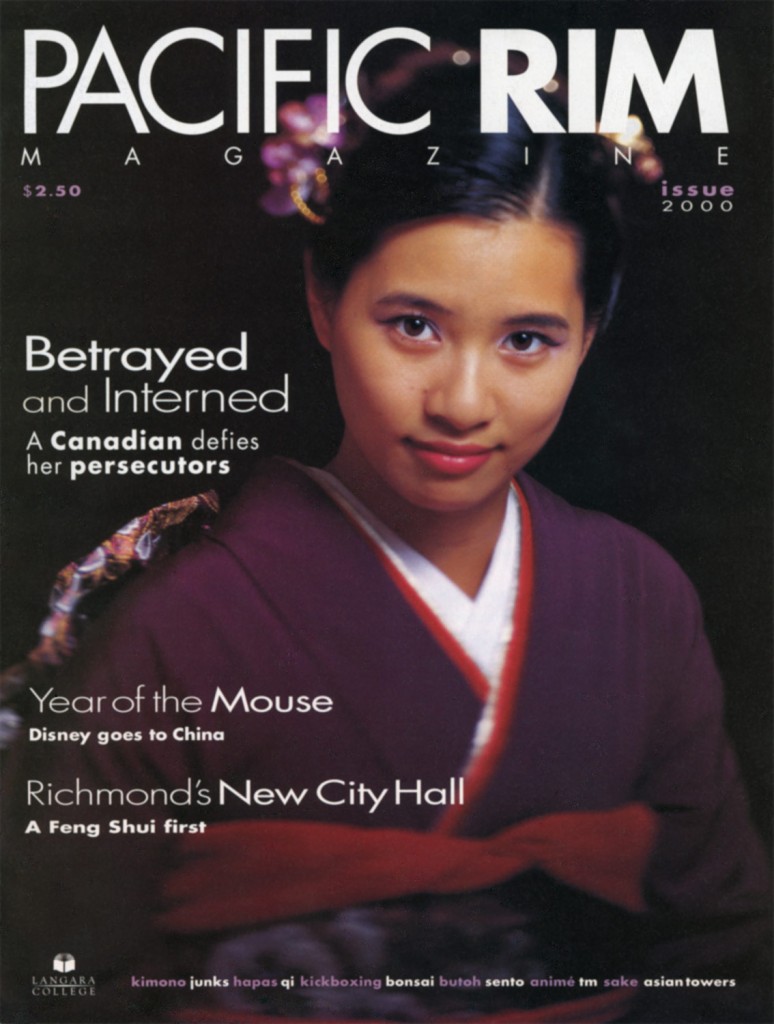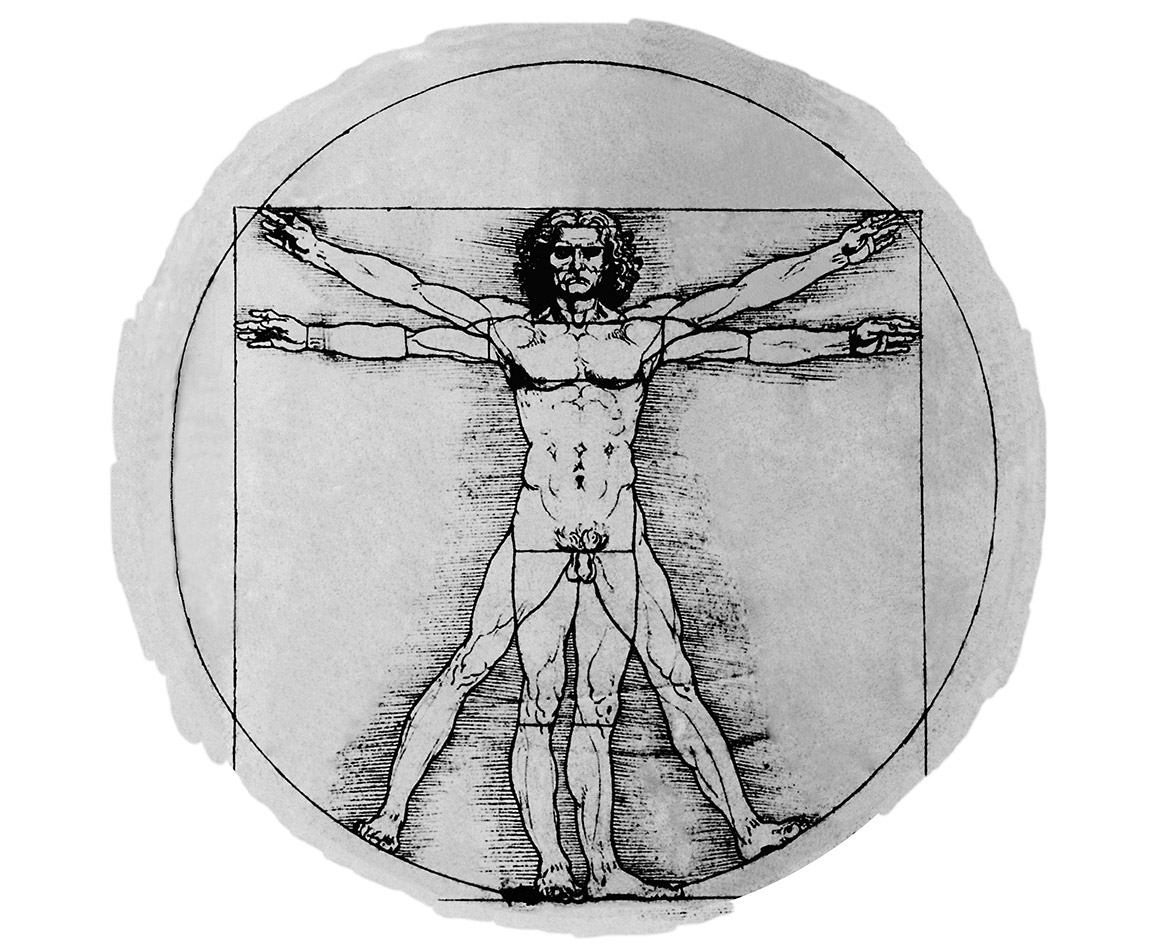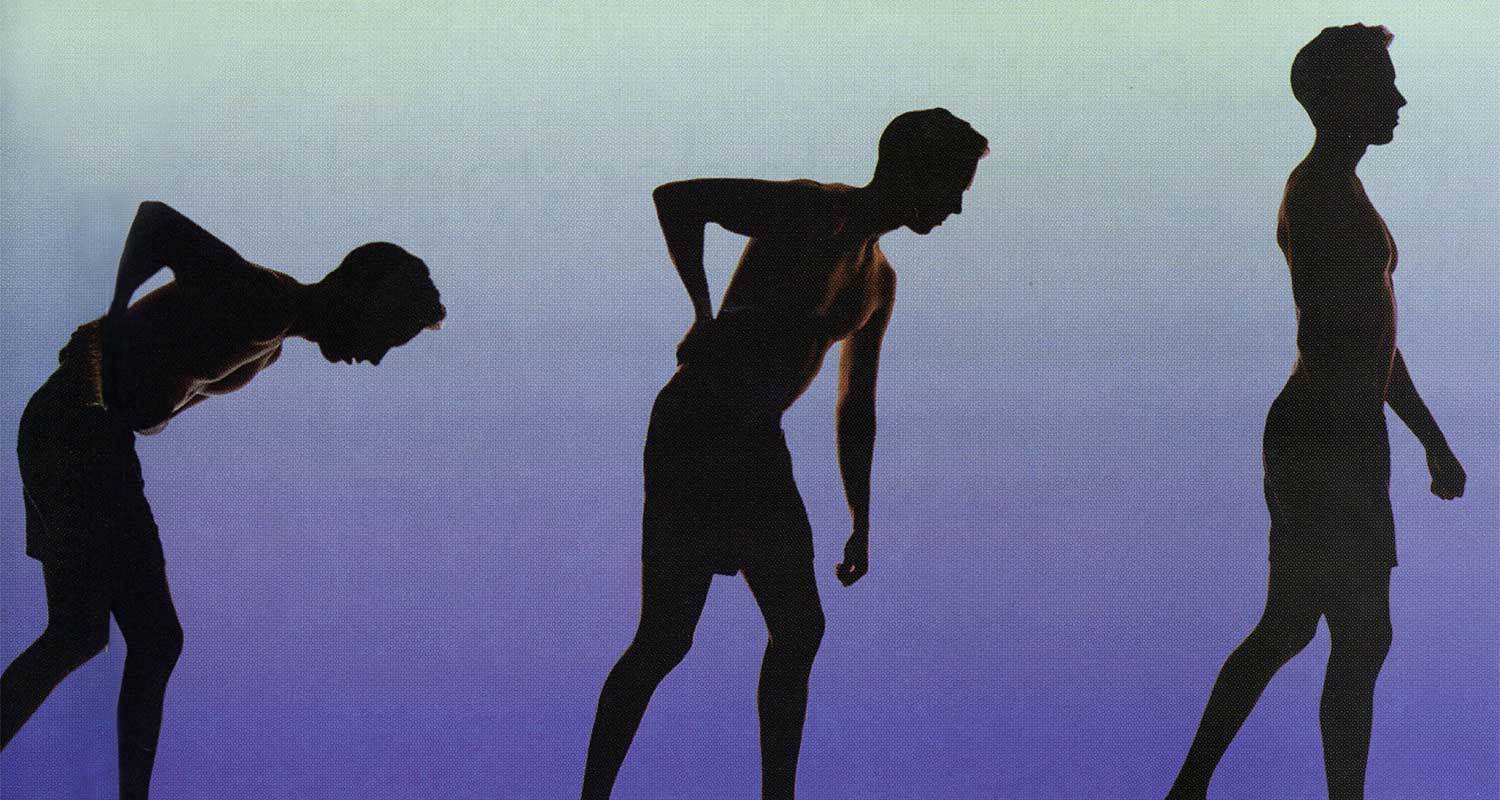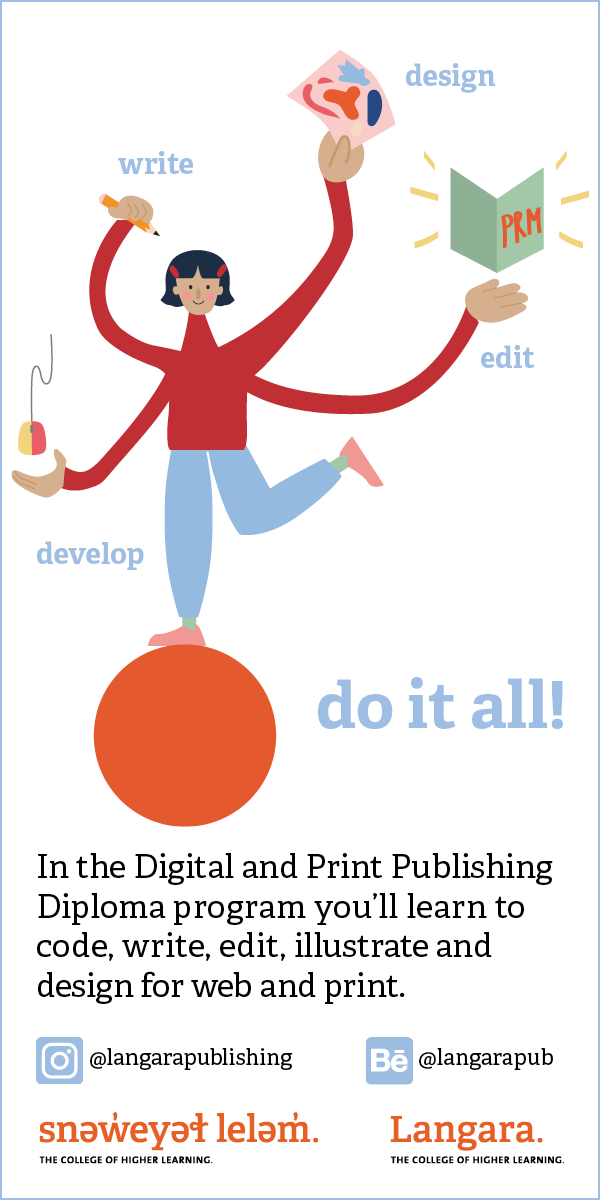“Are you feeling stressed out? Do you have trouble falling asleep? By the way, how are those bowel movements?”
This is not an intimate conversation between friends, but the typical line of questioning between a patient and a doctor of traditional Chinese medicine.
Traditional Chinese Medicine Approach
Chinese medicine has been around for nearly 3,000 years. Long before western doctors began probing and dissecting, their eastern counterparts had already established a complex understanding of the human body’s intricacies. National surveys reveal that each year greater numbers of Canadians turn to alternative therapies. Some say a medical revolution is upon us, creating a new system—if modern medicine fails, Chinese medicine heals.
Traditional Chinese medicine (TCM) differs greatly from western medicine in its approach to well-being. It is concerned mainly with prevention and maintaining harmony through the various functions of the body. Though rich in philosophy and spirituality, TCM is based on tangible principles and patterns. The body is a collection of integrated systems, each carrying out a specific function. When there is disharmony in one area, it is inevitable that the rest of the body will be affected. Central to this concept is Qi (pronounced chee). Though difficult to translate into English, Qi is said to be a person’s life force or vital energy. Qi is present in every living thing, flowing through the body via meridians and passages as defined by Chinese medical theory.
Attempting To Translate Qi Is Futile
Dr. Fang Liu, Director of Educational Resources from the International College of Chinese Medicine of Vancouver, points out that attempting to translate the word Qi is futile.
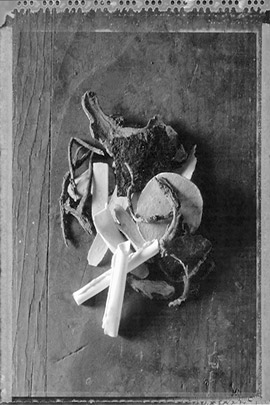
“Qi just is,” he says. “It is functional, material, and emotional.”
Qi is in constant motion throughout the body. It changes form with each muscle and blood vessel, allowing every part of the body to function in harmony. It resists the entry of external pathogens and will combat them if they enter the body. A healthy Qi moves harmoniously in every direction. Qi becomes “emotional” when out of balance, creating discordance between ones body and spirit.
“You know those times when you just meet a person, and immediately know that you don’t want to be around them…that is due to disharmony of that person’s Qi,” says Dr. Liu.
Since traditional Chinese medicine views the body in a completely different way than western medicine, there must be a different way of interpreting the body’s problems and needs. We cannot see Qi through X-ray or CAT scans, so how then does a TCM physician identify where there is disharmony?
Using TCM To Make A Diagnosis
A diagnosis in Chinese medicine begins with an in-depth conversation between doctor and patient. The doctor asks a series of questions regarding emotional and physical symptoms while observing the patient’s manner, skin tone, posture, mood, and smell. During the examination, a doctor checks the pulse at six different points, which correspond to the six organs. He or she will check the consistency and depth of the pulse to determine whether it is slippery, shallow, deep, or wiry. The physician may then examine the tongue, observing its colour, texture, and smell. There are eight basic principles used in TCM diagnosis: yin and yang, interior and exterior, hot and cold, Qi, and blood. By exploring these principles within each area, a doctor will begin to see a pattern of symptoms.
“Traditional Chinese medicine diagnosis is far superior to western medicine,” says Tessa Neilson, a third year student at the International College of Traditional Chinese Medicine of Vancouver. “TCM is successful because it does not isolate the symptom. It understands that you cannot separate the emotional from the physical, and is willing to dig deeper to treat the cause rather than the symptom.”
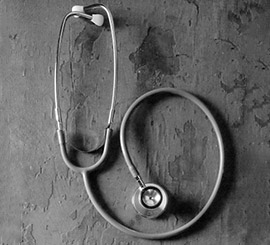
It is inaccurate to view the TCM diagnosis as a series of steps leading to an indisputable conclusion. Most patients will say that it feels more like talking to a friend who is concerned with your well-being. Your emotional state is examined as much as your physical condition. Prevention—encompassing the mind, body and soul—is key in the eyes of the traditional Chinese medical community. It uses a holistic approach, enlisting both patient and doctor.
An Alternative To Mainstream Medicine
In today’s fast-paced world, there are many types of people turning to TCM for solutions outside of mainstream medicine. Cindie D’Iorio, a second year student at the International College of Traditional Chinese Medicine of Vancouver, has only recently begun working in the school’s open clinic and already sees a pattern.
“There is an overwhelming number of people who come to us after being told that they must live with the pain, that there is nothing more their western doctor can do.”
Many of these problems can be managed easily with remedies such as herbology and acupuncture. Dr. Liu explains the recent turn to alternative therapies as two-fold: “Firstly, western medicine uses too many chemicals. People are tired of the side effects and the isolated way of viewing their illness. Secondly, the mass production of chemical drugs since the end of World War II has had serious effects on this generation’s ability to withstand infection.”
The two schools of medicine not only treat problems differently, they do not even identify the problem the same way. Where western medicine might see raised blood pressure and heart palpitations, Chinese medicine might find a stagnation of liver Qi or a case of liver fire. Where a western doctor might open the body in surgery to correct what is wrong, the TCM doctor will recommend a change in lifestyle and diet with a treatment of specific herbs.
“There is no surgery in traditional Chinese medicine,” says Tessa, “because where there is Qi, there can be healing.”





